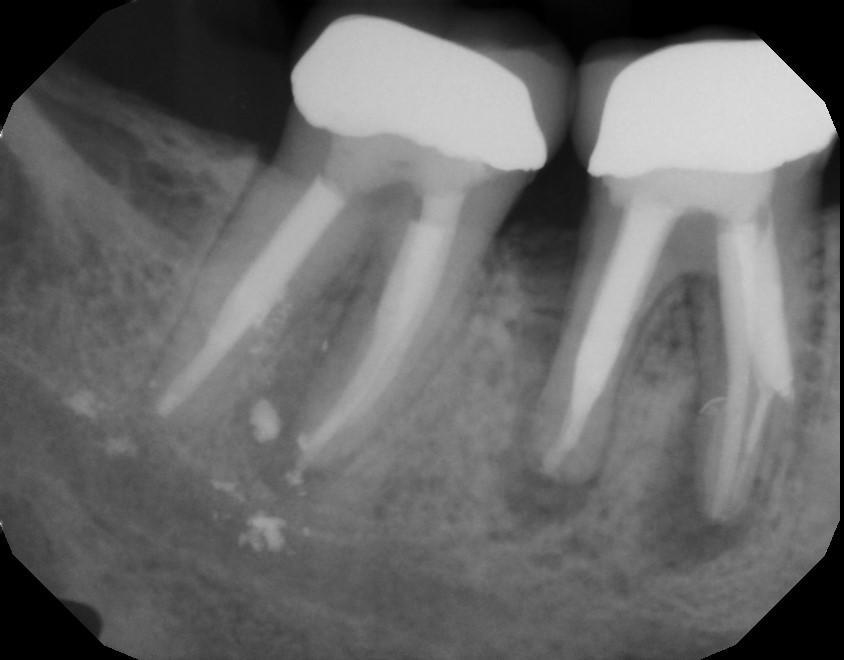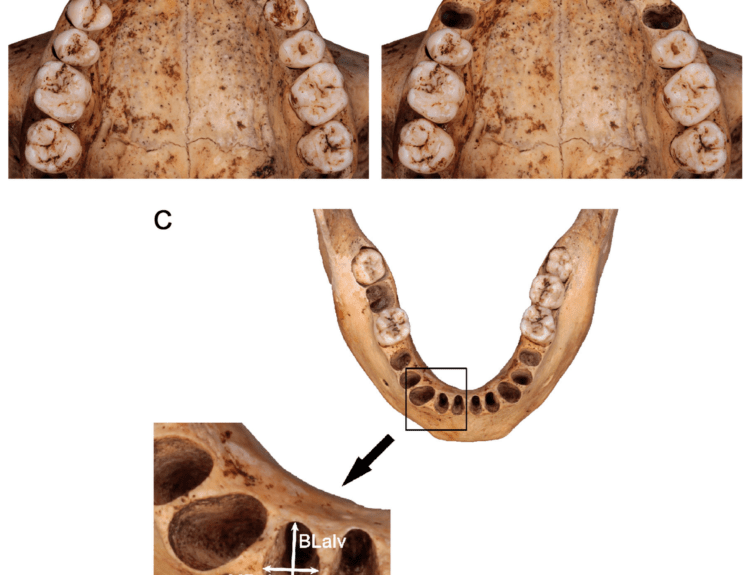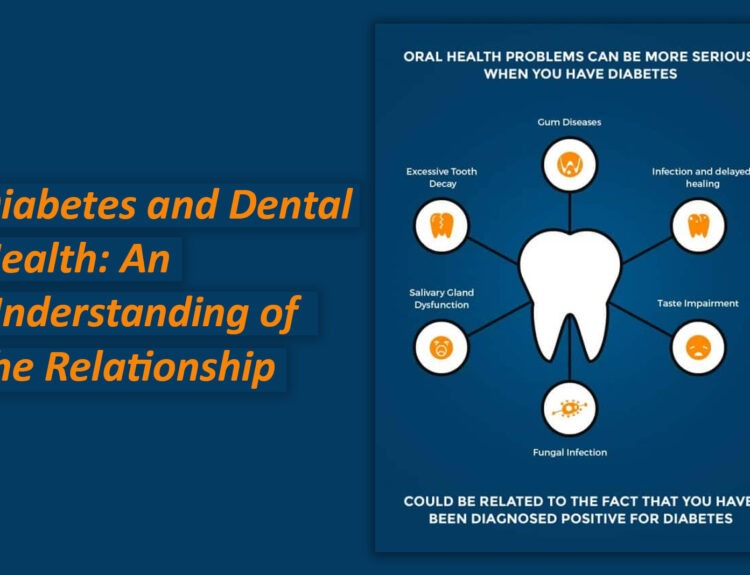Root canal treatment (RCT) failure can occur due to various factors despite its success rate is quite high. The primary reasons for RCT failure include
Incomplete Cleaning and Shaping of Root Canals
One of the leading causes of Root Canal Treatment failure is inadequate cleaning and proper shaping of the root canal system. The primary goal of RCT is to remove infected pulp tissue, bacteria, and debris. If the dentist fails to fully clean the canals, residual bacteria can proliferate, leading to reinfection. Moreover, improper shaping of the canals can prevent effective filling, leaving spaces where bacteria can thrive.
Missed Canals
Teeth, especially back teeth (molars), have complex root canal systems with additional or curved canals. Dentits ma overlook them during treatment. A missed canal can harbor bacteria, causing persistent infection and eventual treatment failure. Advanced imaging technique, cone-beam computed tomography (CBCT), help detect hidden canals and reduce failure rates. Use of dental microscope is another way of detecting hidden canals.
Improper Sealing of the Canal
After cleaning, the root canal must be properly sealed with a biocompatible material to prevent bacterial re-entry. Underfilling or overfilling the canal can lead to treatment failure. Underfilled canals leave space for bacteria, while overfilled material may cause inflammation in surrounding tissues. Poor adaptation of the filling material to the canal walls can result in microleakage and reinfection.
Persistent or Recurrent Infection
Even after thorough cleaning, some bacteria may remain in the root or periapical tissues. If the immune system cannot eliminate these pathogens, the infection may persist or recur. Moreover, resistant bacterial biofilms can form inside the canals, making them difficult to eradicate with standard treatment. In such cases, retreatment or surgical intervention (apicoectomy) may be necessary.
Coronal Leakage
A well-performed RCT can still fail if the final restoration is delayed or improperly placed, saliva and bacteria can leak into the root canal, causing reinfection. A tight seal with a high-quality restoration is essential for long-term success.
Tooth Fracture
Teeth that undergo RCT become brittle over the period of time due to the loss of moisture and structural integrity. Without proper reinforcement (such as a crown), the tooth may fracture under chewing forces, leading to failure. Vertical root fractures are particularly problematic and often require tooth extraction.
Procedural Errors
Mistakes during treatment, such as perforations or instrument separation (broken files inside the canal), can compromise the success of RCT. These errors may prevent proper disinfection and sealing, increasing the risk of failure.







